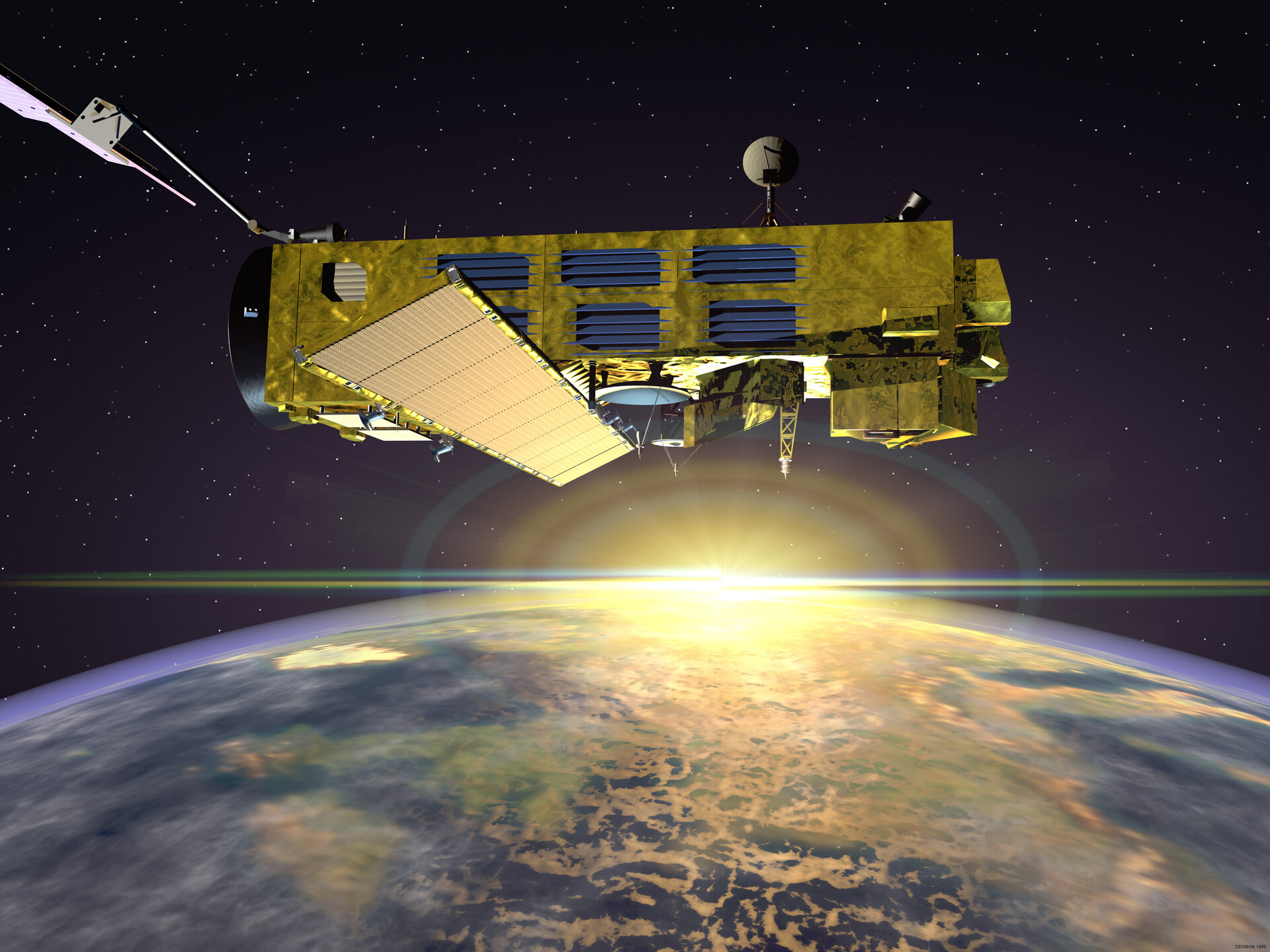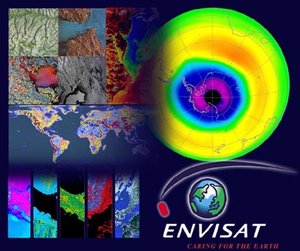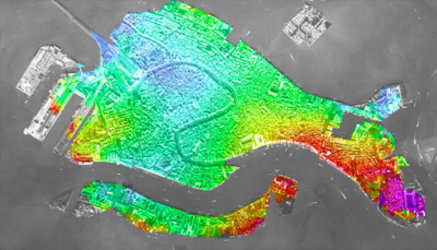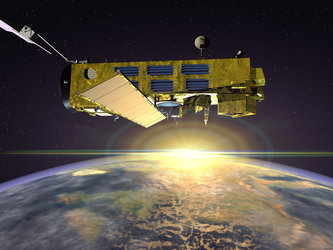Envisat breaks the terabyte barrier
Only three months after the launch of ESA’s Envisat spacecraft, the largest and most capable satellite ever built to monitor the Earth’s environment, the Envisat data dissemination system recently passed one of its most significant milestones to date.
Last Sunday, 23 June 2002, the Envisat system for distributing satellite imagery reached the terabyte mark of data transferred over the satellite channel.
A terabyte of data - one trillion bytes, a thousand billion bytes, or 1000 gigabytes - is equivalent to the text contained in about one million books.
And, because each byte of data is multi-cast to approximately four users, stepping over the terabyte threshold also brings the total to 4 terabytes of data, roughly the same amount of data contained in 6000 compact disks, transmitted through the Earth observation Data Dissemination System (DDS) and delivered safely to end-users.
Data Dissemination System
The DDS network usually transfers information only a few hours after acquisition by the satellite. The satellite-based network is carrying data acquired by Envisat in its current initial commissioning phase, and is expected to be used during normal Envisat operations.
The Envisat DDS also consists of a pair of Ku-band uplink stations, one in Kiruna, Sweden, and the second located at ESA’s ESRIN facility in Frascati, Italy, plus another 20 operational receiving stations throughout Europe. The DDS network uses the 8MHz satellite capacity on Eutelsat's W1 satellite.
"Such a fast and safe data dissemination system is of paramount importance,” said Stephen Briggs, head of ESA’s Earth Observation Applications Department. “It provides timely access to data and allows us, when necessary, to transmit near real-time data for emergency management and for time-critical emergency applications."
ESA’s DDS system was developed jointly by Italy’s Intecs HRT and GCS in Austria. Both companies also provide ongoing support and daily operations services.
Data transmission is achieved through a reliable transmission protocol by GCS based on an IP-multicast transmission over a digital video broadcast (DVB) satellite link. DVB is a digital standard that includes a specification for transmitting images over satellite links.
The DDS system is designed to accommodate an expanding number of transmit and receive stations, along with the potential to upgrade total satellite throughput to a minimum of 8 Mb/s.
The DDS system is used mainly for Envisat data distribution. However, it is capable of handling multiple missions. A portion of it already carries ERS data, and is used for dissemination of Earth observation data under cooperative agreements with other agencies.









